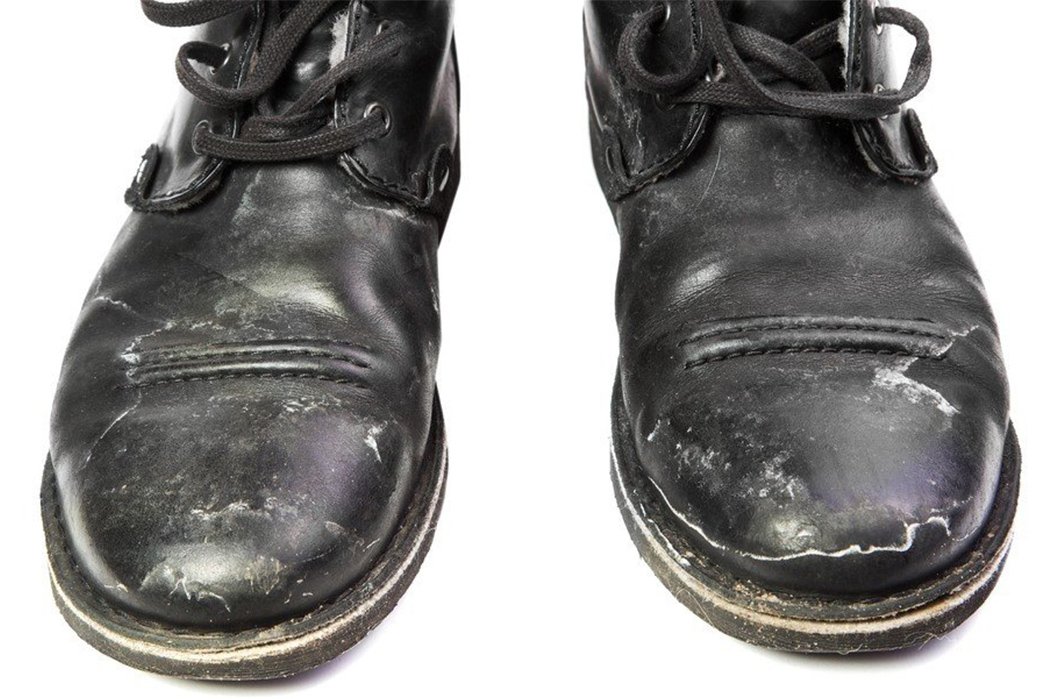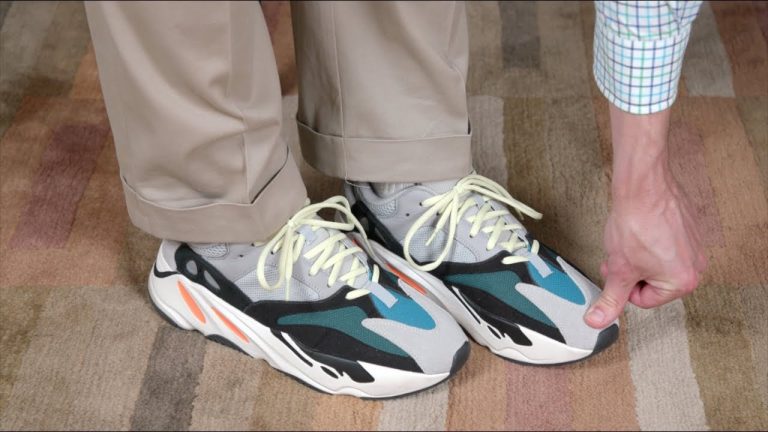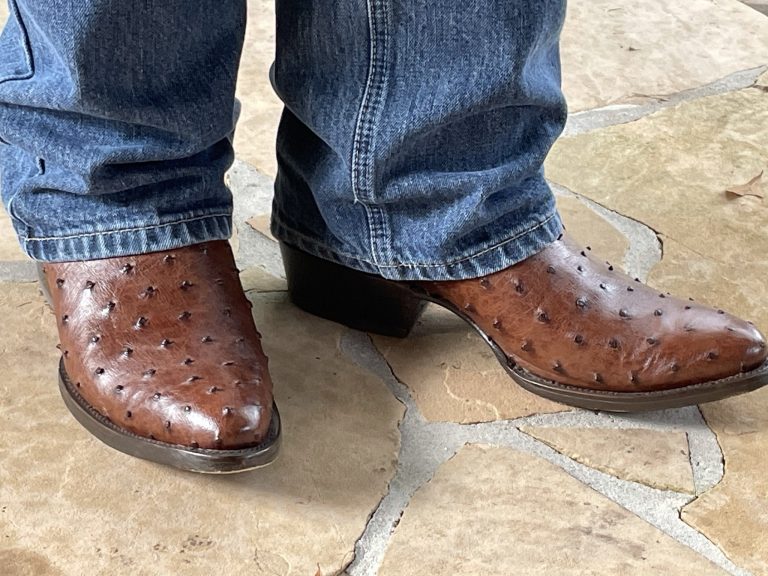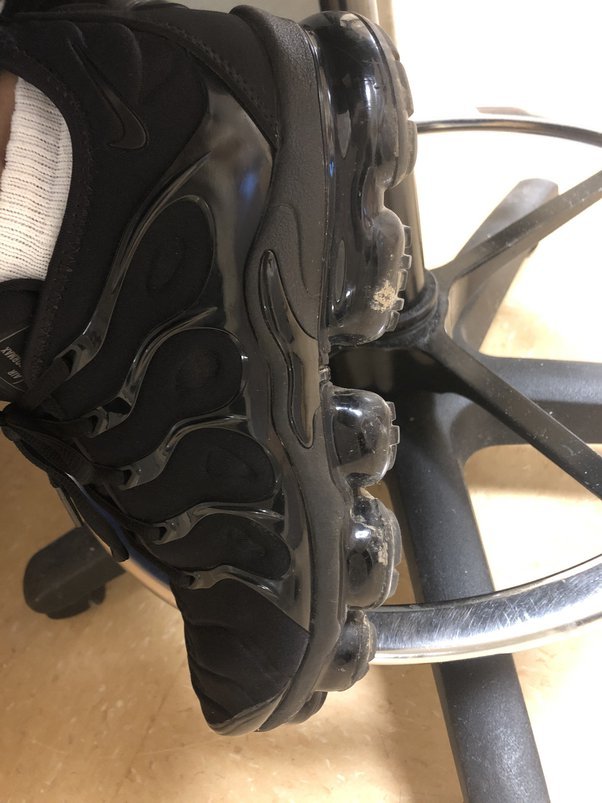Rainy weather can be a real bummer, especially when it comes to choosing the right footwear. Leather boots, with their timeless style and durability, are a staple in many wardrobes. But can you wear leather boots in the rain? The short answer is yes, you can! However, it’s important to take the right precautions and care for your boots to ensure they can withstand the wet conditions without getting damaged. In this article, we’ll explore some handy tips and tricks to help you protect your leather boots and keep them looking fabulous even in the pouring rain. So, don’t let a little rain dampen your style—let’s dive right in!
Can You Wear Leather Boots in the Rain?
Leather boots are a stylish and versatile footwear option, but many people wonder if they can withstand the challenges posed by rainy weather. After all, leather is known to be vulnerable to water damage. In this article, we will delve into the topic of wearing leather boots in the rain and explore various factors that determine their performance in wet conditions. Whether you’re an avid boot enthusiast or simply looking to invest in a sturdy pair to brave the rain, this article will provide you with valuable insights.
1. Understanding Leather
Before we delve into wearing leather boots in the rain, it’s essential to understand the nature of leather itself. Leather is derived from animal hides and undergoes a tanning process to enhance its durability, strength, and water resistance. However, it’s important to note that not all leather types are the same. Different leather finishes and treatments can affect how well they handle water. Let’s explore some common types of leather:
1.1 Full-Grain Leather
Full-grain leather is the highest quality and most durable type of leather. It retains the natural imperfections and grain patterns from the animal hide, making each pair of boots unique. Full-grain leather is known for its water resistance and develops a desirable patina over time.
1.2 Top-Grain Leather
Top-grain leather is similar to full-grain leather but undergoes a slight sanding process to remove imperfections. This type of leather is still considered high quality and retains good water-resistance properties.
1.3 Genuine Leather
Genuine leather is made from the layers of hide left after the top-grain or full-grain leather has been removed. While genuine leather is more affordable, it is less water-resistant and may not withstand heavy rain.
2. Weatherproofing Leather Boots
While some leather boots are naturally more water-resistant than others, it’s possible to enhance their water resistance through various methods. These techniques can help protect your leather boots from water damage, allowing you to wear them confidently even in wet conditions.
2.1 Waterproof Sprays and Conditioners
One way to weatherproof your leather boots is by using waterproof sprays and conditioners. These products create a protective barrier that repels water and prevents it from seeping into the leather. Before applying any spray or conditioner, make sure to clean the boots thoroughly and follow the manufacturer’s instructions.
2.2 Beeswax and Leather Sealants
Beeswax and leather sealants are another effective method to weatherproof leather boots. These products can be applied to the leather surface, forming a protective layer that keeps water out. However, it’s important to note that excessive use of these products may affect the breathability of leather.
2.3 Regular Maintenance
Proper care and maintenance play a crucial role in preserving the water resistance of your leather boots. Regularly clean and condition your boots, removing any dirt or debris that may compromise their water-resistant properties. Additionally, storing them in a cool, dry place and avoiding extreme temperatures can help maintain their integrity.
3. Leather Boot Design and Construction
The design and construction of leather boots also play a significant role in their performance in wet conditions. Let’s explore a few factors to consider when choosing leather boots for rainy weather.
3.1 Stitching and Seams
High-quality stitching and sealed seams are essential for keeping water out of your boots. Look for boots with reinforced stitching and sealed seams to ensure they remain waterproof even in heavy rain. Pay attention to welt construction, as boots with Goodyear or Norwegian welts tend to be more water-resistant.
3.2 Lining and Insole Materials
The lining and insole materials used in leather boots can impact their water resistance. Some boots come with waterproof linings, such as Gore-Tex or other breathable and moisture-wicking materials. These linings help keep your feet dry and comfortable by preventing water from penetrating the leather.
3.3 Soles and Traction
The sole design and traction of your leather boots are crucial for maintaining stability and grip in wet conditions. Look for boots with rubber or lugged soles that provide traction on wet surfaces. Deep treads and grooves can help prevent slipping and ensure you stay steady on your feet.
4. Tips for Wearing Leather Boots in the Rain
While properly cared for and weatherproofed leather boots can handle rain, there are still precautions you can take to ensure their longevity and performance. Consider the following tips when wearing leather boots in wet weather:
4.1 Check Weather Forecasts
Before stepping out, check the weather forecast to anticipate potential rain. This way, you can plan your outfit accordingly and make necessary adjustments, such as wearing waterproof pants or carrying an umbrella.
4.2 Avoid Puddles and Deep Water
While leather boots can handle some moisture, it’s best to avoid stepping into puddles or deep water. Prolonged immersion can compromise the leather and affect its water-resistant properties. Navigate around standing water whenever possible.
4.3 Dry Boots Properly
After wearing leather boots in the rain, allow them to air dry naturally. Avoid placing them near direct heat sources, such as heaters or fireplaces, as this can cause the leather to crack or shrink. Stuffing the boots with newspaper can help absorb excess moisture and facilitate drying.
4.4 Rotate Your Footwear
To extend the lifespan of your leather boots, it’s advisable to rotate them with other pairs of footwear. Alternating between different shoes allows each pair to dry thoroughly and reduces the risk of mold or mildew formation.
5. Finding Waterproof Leather Boots
If you frequently find yourself in wet conditions or simply prefer hassle-free waterproof options, there are leather boots available explicitly designed to handle rain. These boots often feature additional waterproofing technologies, such as sealed seams and special leather treatments. Look for brands that prioritize water resistance and offer specific waterproof models.
6. Conclusion
In conclusion, wearing leather boots in the rain is indeed possible, given the right care, maintenance, and weatherproofing techniques. Understanding the type of leather, enhancing its water resistance, and considering design factors such as stitching, linings, and soles are all essential for maintaining the integrity of your boots. By following the tips provided, you can confidently wear your leather boots while embracing rainy weather without compromising their performance or longevity. Remember to always check the weather forecast and adjust your footwear choices accordingly. Cheers to stylish and functional footwear that can withstand the rain!
How to wear leather shoes and boots in the rain | Water Resistant Shoe Polish
Frequently Asked Questions
Can you wear leather boots in the rain?
Yes, you can wear leather boots in the rain, but it is important to take certain precautions to protect them from damage. Leather is a natural material that can become damaged if exposed to excessive moisture. However, with proper care and treatment, you can ensure that your leather boots stay in good condition even when worn in rainy conditions.
How can I protect my leather boots from rain?
To protect your leather boots from rain, start by applying a waterproofing product specifically designed for leather. This will create a barrier that repels water and prevents it from seeping into the leather. Regularly reapply the waterproofing product as needed to maintain its effectiveness. Additionally, avoid submerging your leather boots in water and try to quickly dry them if they do get wet.
What should I do if my leather boots get wet in the rain?
If your leather boots get wet in the rain, remove any excess moisture by gently patting them with a clean, dry cloth. Avoid using heat sources such as hair dryers or radiators, as this can cause the leather to become stiff or crack. Instead, allow them to air dry naturally at room temperature. Once dry, apply a leather conditioner to restore moisture and prevent them from becoming stiff.
Can leather boots get damaged if worn in the rain?
Yes, leather boots can get damaged if they are not properly cared for after being exposed to rain. Excessive moisture can cause the leather to become waterlogged, leading to stretching, warping, or cracking. It is crucial to promptly dry your leather boots and apply a conditioner to maintain their quality and longevity. By taking proper care, you can prevent or minimize any damage caused by wearing leather boots in the rain.
Are all leather boots waterproof?
No, not all leather boots are waterproof. While leather is naturally somewhat water-resistant, it is not entirely impervious to water. Some leather boots may be treated with additional waterproofing agents during the manufacturing process, making them more resistant to moisture. However, it’s always a good idea to check the product description or labels to see if the boots are specifically designed to be waterproof.
Can I wear leather boots in heavy rain or storms?
While leather boots can withstand light rain, it is not recommended to wear them in heavy rain or storms. Even with appropriate waterproofing, prolonged exposure to heavy rain can still saturate the leather, increasing the risk of damage. In such conditions, it is better to opt for rubber or waterproof boots that are designed to withstand heavy rain and keep your feet dry.
Final Thoughts
You can wear leather boots in the rain, but it is not recommended. Leather is a porous material that can absorb water, which may cause the boots to become waterlogged and damaged. Additionally, leather boots are often treated with oils or waxes that can get stripped away by prolonged exposure to water. However, with proper care and maintenance, such as applying waterproofing products and regularly conditioning the leather, you can increase the boots’ water resistance and durability. Ultimately, it is best to opt for waterproof or water-resistant footwear specifically designed for wet conditions when dealing with rainy weather.






